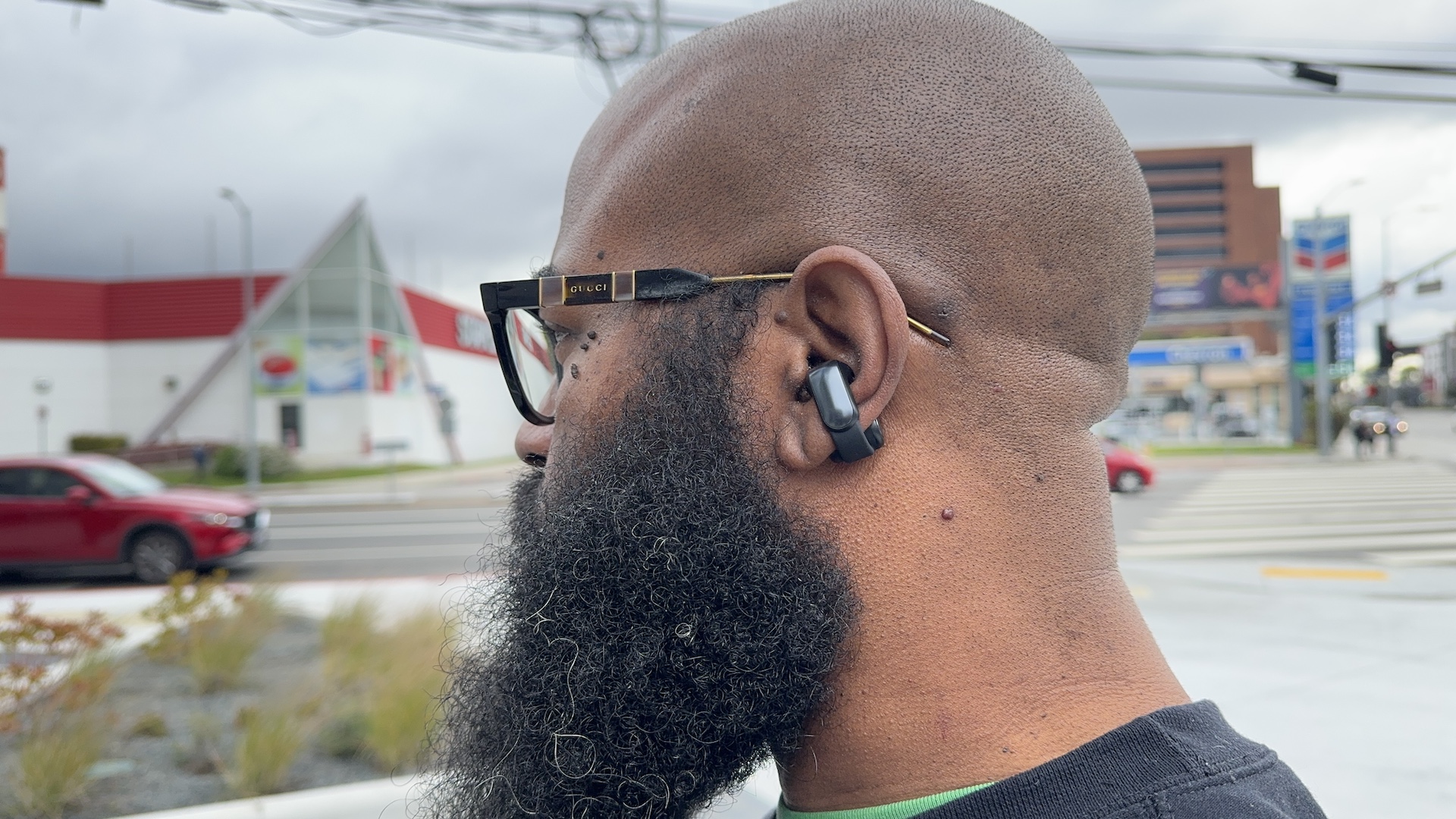
Bose Ultra Open earbuds are beautiful. A departure from traditional open-ear designs, they look as much like jewelry as they do consumer technology, so much so that I’m considering buying some earcuffs now. But these earlobe adornments are so much more than just fashionable; they are highly functional.
These premium open-ears give you Hi-Res audio support, some spatial audio wizardry, Bluetooth 5.3, and more. They’re pricey, but for all that you get, I think they’re worth it if open earbuds are what you’re looking for. One issue here rubs me the wrong way, but I’ll get into that in a bit.
Bose Ultra Open Earbuds: Price and availability
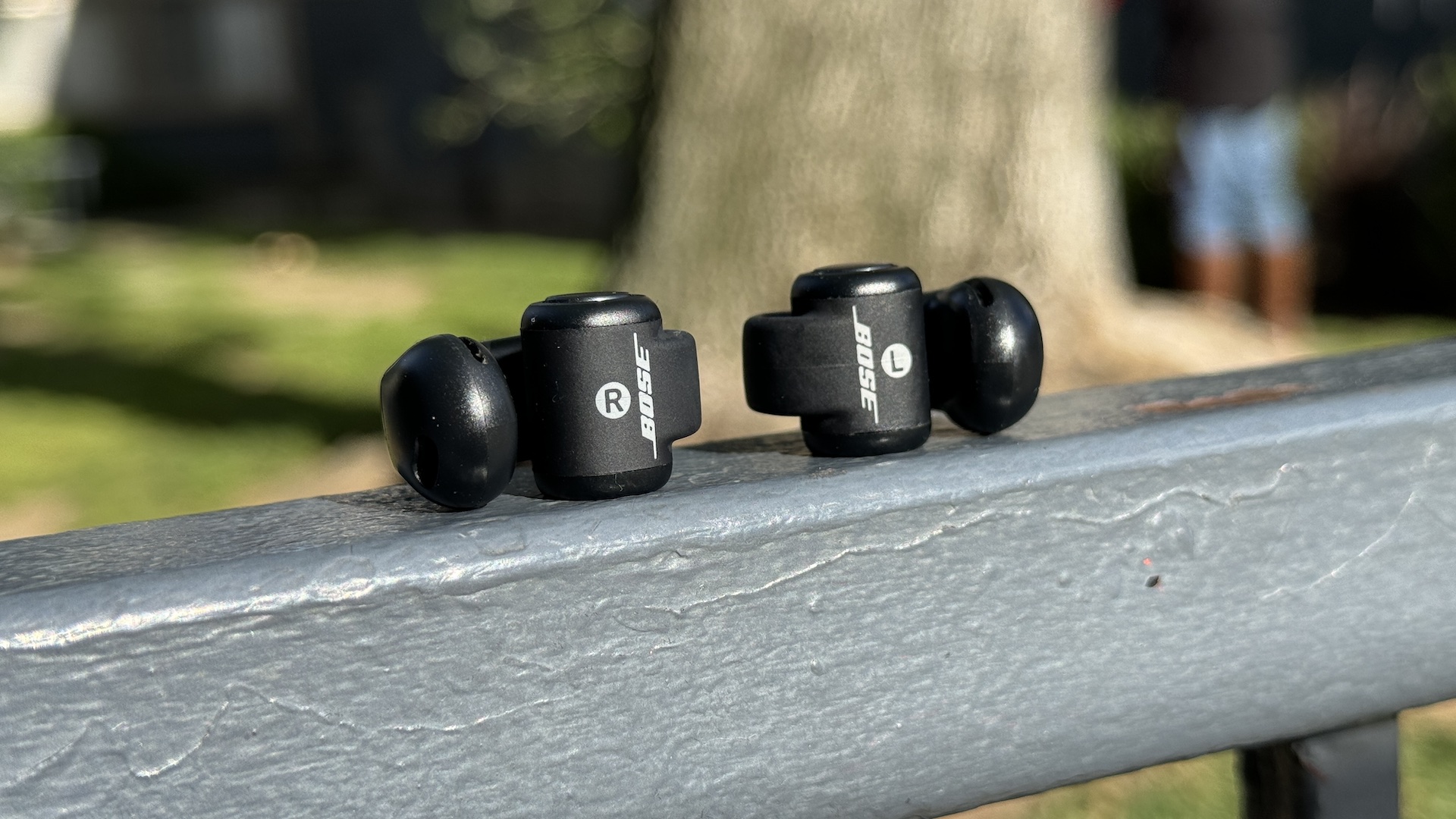
Bose Ultra Open earbuds went on sale on February 15, 2024, and are available in two colorways: Black and White Smoke. You can pick up a pair directly from Bose for $299 or from various retailers like Best Buy and Amazon for the same price. I’ve had them for a while now, and I don’t recall seeing this at launch, but on their website, you can also purchase them bundled with a wireless charging case cover for an additional $48, bringing the total cost to $348.
Bose Ultra Open Earbuds: What's good
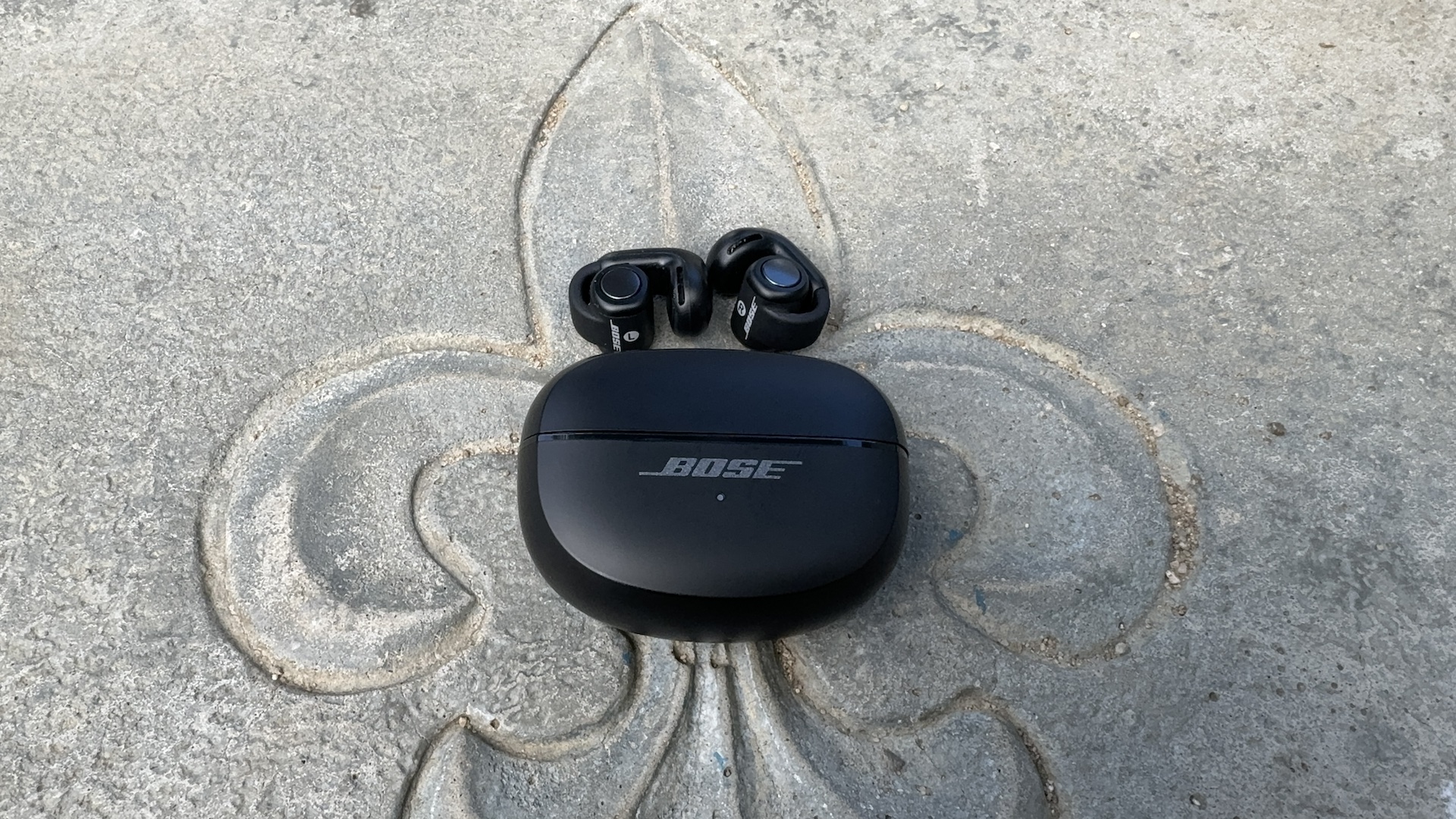
I won’t belabor the point since I made it in the verdict and intro, but aesthetically, I’m in love with this design. The fit and finish are premium down to how they’re seated into the case. With some open earbuds, you find yourself almost having to dig them out of their charging case, but the Bose Ultra kind of just sit on top of their seats in the case. Connected by strong magnets, when you hold them near, they snap into their seat. In front of their seats, you get bright LEDs that indicate the charging status of each earbud, which is in addition to the status LED on the front of the case.
A departure from traditional open-ear designs, they look as much like jewelry as they do consumer technology, so much so that I’m considering buying some earcuffs now.
No extra ear tips or wings with these as they are an ear cuff design with the speaker portion sitting inside the antitragus or antihelix, depending on how you position it. The battery is on the other end of the cuff and sits behind the ear. The fit is snug, but I’ve worn these for hours and only felt a bit of wear fatigue on my right ear, not my left.
At the gym, they don’t move at all! So you’re solid if you use these for dynamic HIIT workouts, and you don’t need to worry about sweat as they’re IPX4 water-resistant. Wearing them at my gym, I was surprised that the music from these wasn’t drowned out by the terrible selection playing on the house speakers.
As someone who spends a lot of time in the gym, I love the tactile buttons. They’re large, easy to operate, and quite responsive.
Bose "Ultra" Open sound
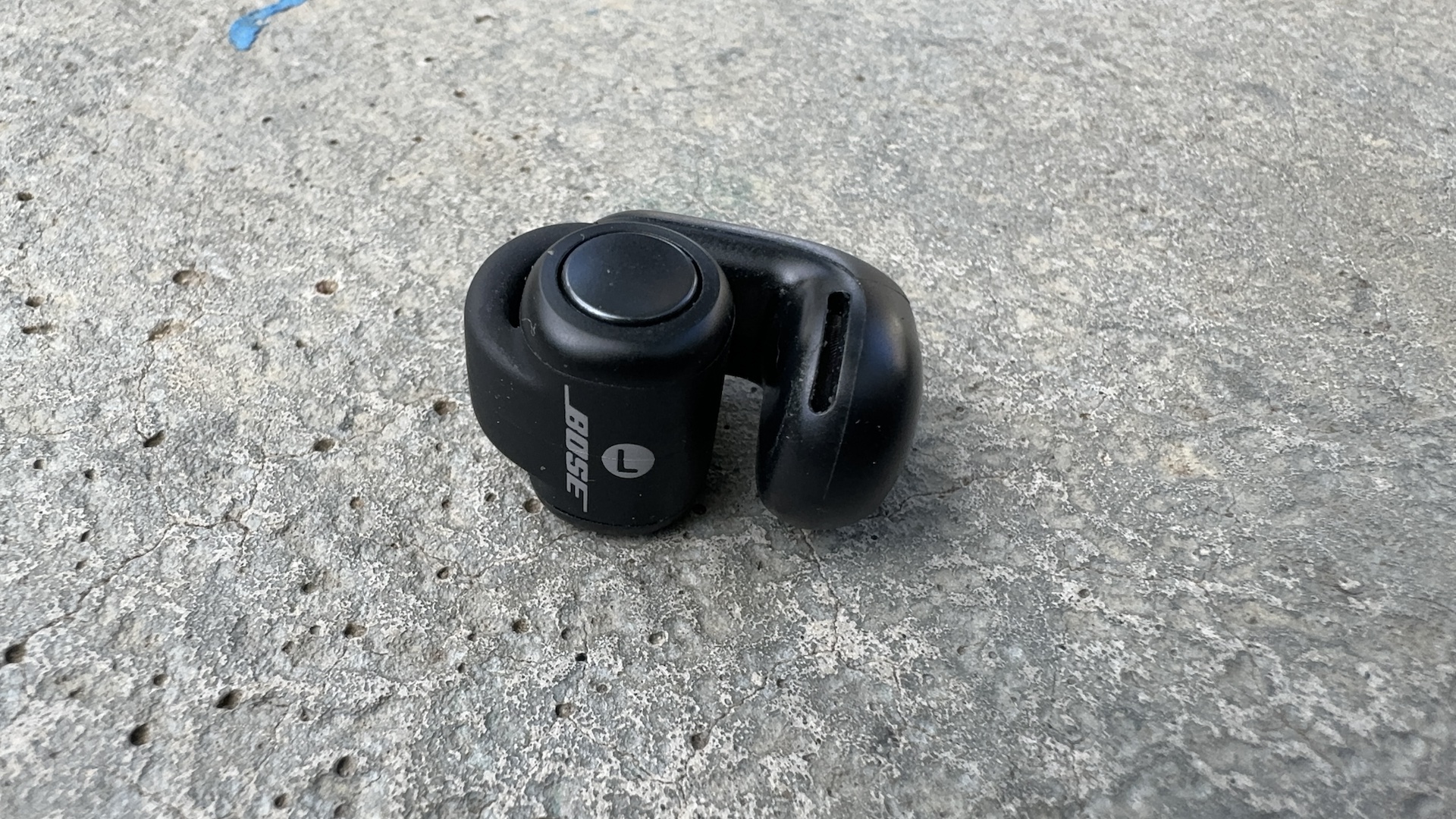
The default stereo sound is good, and the three-band equalizer in the Bose Music app makes it even better, but it’s the Immersive Audio and Auto Volume features that elevate the listening experience to the level of premium pricing. Open earbuds are known for having middling audio because of their positioning outside of the ear canal. That’s the whole point of the product segment, after all, but Bose went into the lab and designed OpenAudio technology, which combines a powerful transducer and an acoustic structure that does a magnificent job of delivering audio into your ear.
This is great because Immersive Audio, which is Bose’s version of spatial audio, really shines with the Bose Ultra Open earbuds. It’s a virtualization that makes audio feel like it’s coming from all around you and allows you to choose from one of two head tracking options: Still and Motion. “Still” keeps audio in a fixed position in front of you, so no matter where you turn your head, the audio comes from one direction. “Motion” moves with you and where you turn your head.
Listening to music and movies was a joy with Immersive Audio turned on. Bose did an outstanding job of creating virtual layers without making it sound like some cheesy overprocessed audio gimmick and it works with all of your music, not just Dolby Atmos, or Sony 360 Reality audio tracks.
You'll get breat audio from the Bose Ultra Open Earbuds, but there are some things you'll want to take note of.
The full audio picture is nuanced though, so let’s briefly talk about that. The louder the Bose Ultra Open earbuds pump audio, the less robust it becomes. At lower volumes, the audio pumped into your ear is richer. There’s more perceived bass response and warmer mids, with treble quality staying consistent at various volumes.
This goes back to auditory masking. The whole idea of open ear is that your surroundings are just as — if not more important than — what’s coming in through your earbuds. So, at the loudest volumes, the audio isn’t meant to be overpowering but is meant to take a backseat to whatever is going on around you. At no time during my testing was this an issue when passively listening to music, but I can see there being some challenges in very noisy places when talking on the phone.
One day during my review period, I was out on a busy street having a conversation with my father, and his audio was definitely competing with the street noise. Again, that’s a feature, not a bug, but it’s something you should be aware of. I could hear him clearly, but I had to focus a bit more than if I was wearing some active noise-canceling earbuds.
That aside, other premium features I like are audible notifications and aptX Adaptive support. Audible notifications aren’t just beeps and tones but voice prompts and confirmations like speaking the name of the phone you’re connected to or telling you the battery charge status.
Battery life has also exceeded expectations, lasting six hours with Immersive Audio and Auto Volume activated. Bose says I should be getting just four and a half hours with Immersive on. My listening level was around 20% or 30% of max volume on my Pixel 7 Pro’s volume slider, but with Auto Volume activated, it’s hard to say this was the real volume level being pumped out at any given time.
Bose Ultra Open Earbuds: Auto Volume and auditory masking
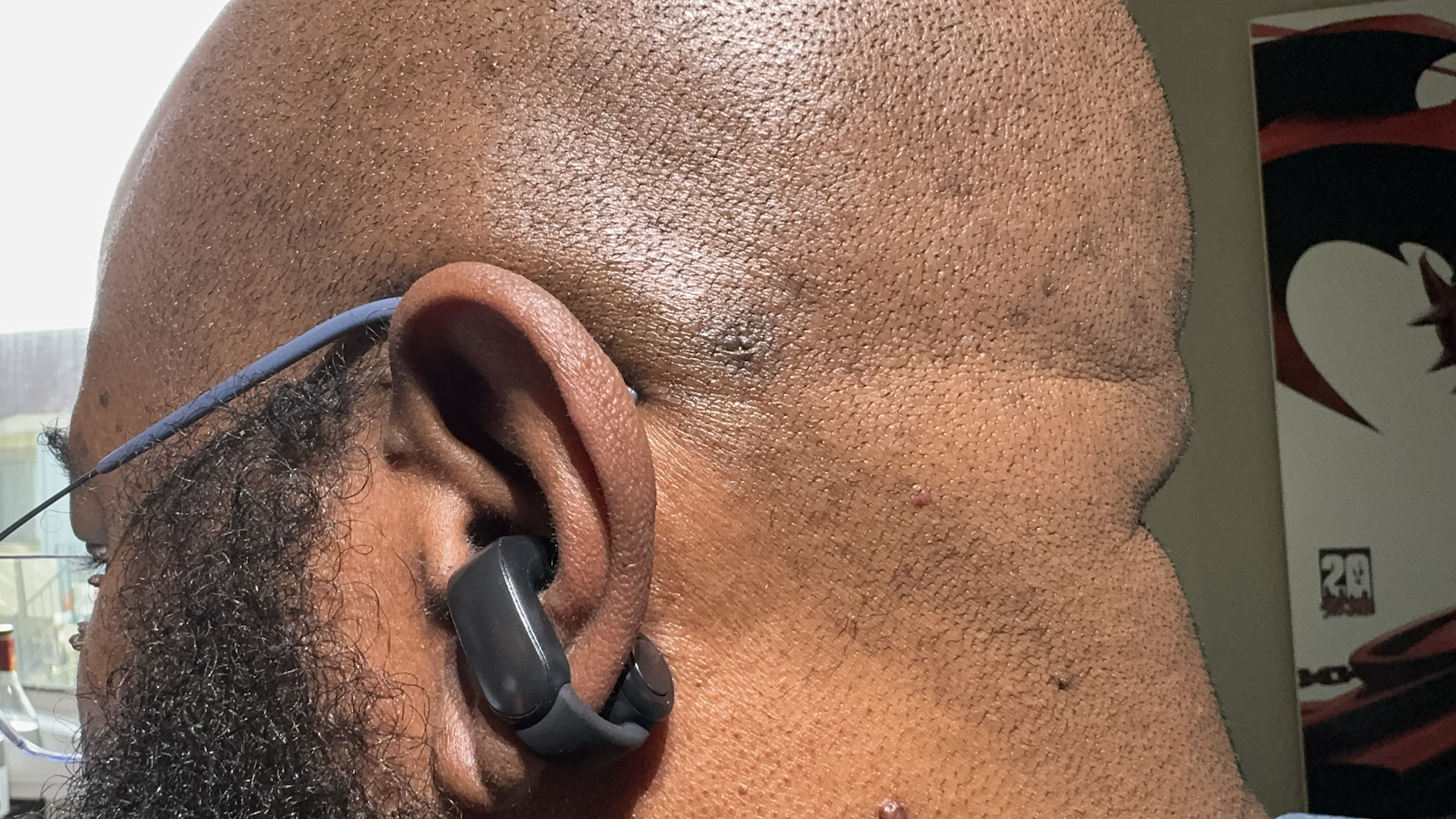
Auditory masking is defined as “when the perception of one sound is affected by the presence of another.” Unlike earbuds, which sit in your ear, open earbuds are very vulnerable to masking caused by environmental noise. I mean, that’s the entire point of them being open.
Bose did an outstanding job of creating virtual layers without making it sound like some cheesy overprocessed audio gimmick and it works with all of your music, not just Dolby Atmos, or Sony 360 tracks.
To bring balance to the experience, Bose implemented a feature called Auto Volume, which automatically adjusts the volume of whatever you’re listening to based on the noise around you. In short, when you’re in a quiet office with the volume set fairly low since there’s no competing noise then step out onto the hustle and bustle of the urban street, the Ultra Open automatically increases audio volume to combat that auditory masking.
I kept this feature on most of the time, and it did a fantastic job of raising and lowering volume as I moved through different environments. I absolutely noticed it adjusting, but it was smooth, and I think I may have noticed more because I was listening for it and being critical for this review. In time, I think I might forget that it’s happening, and I could see this feature melting into the background.
Bose Ultra Open Earbuds: What could use some work
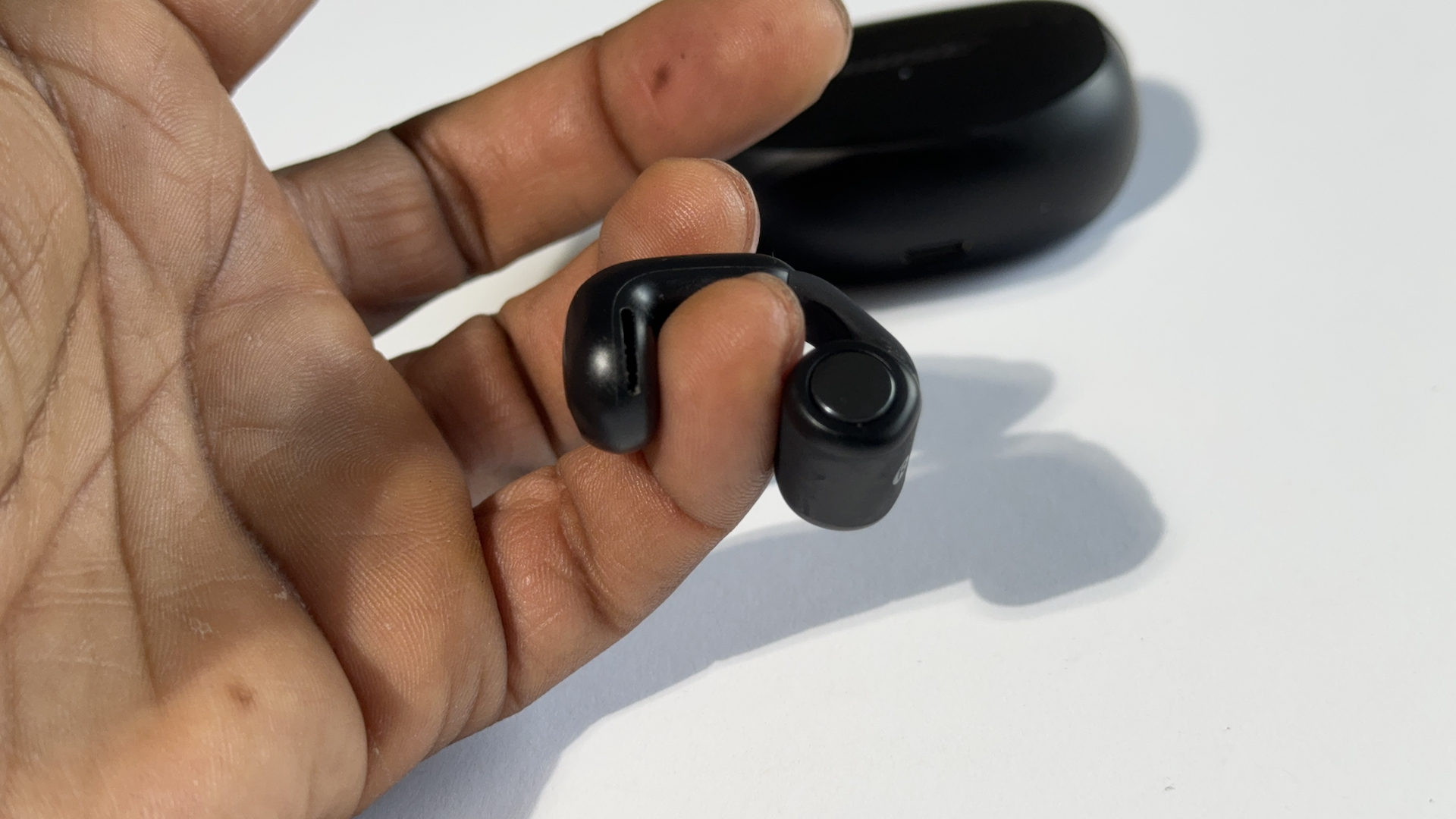
Ok, I love almost everything about the Bose Ultra Open earbuds, except two things in particular, although one of them is just one of those “its strength can also be a weakness” conundrums.
By default, these $299 earbuds don’t come with a wireless charging case, even though their competitors include the feature. Never fear, as Bose “solves” this “problem” by giving you the option to purchase a $48 charging case accessory, bringing the total price to $348 if you want your earbuds equipped similarly to Sony’s WF-1000XM5, or Sennheiser’s Momentum True Wireless 4. In 2024, for $299, the original case should already be Qi-enabled. Instead, you get USB-C charging only.
You won’t get multipoint right now, but Bose has a feature in the app that allows you to switch connections from one device to another. You can even program the earbuds with a shortcut to switch connected devices without taking your phone out. It’s a fairly functional workaround for not having multipoint.
Lastly, one feature that doesn’t actually need improvement but is more of a “caveat emptor” for those who may talk to work colleagues a lot or run with a partner is Auto Volume. As much as I enjoy the feature, I can see it becoming a nuisance for some, as it will likely increase your volume when you’re talking to people. You might find yourself deactivating the feature in that case so that your earbud’s audio isn’t competing with your real-world conversations.
Competition
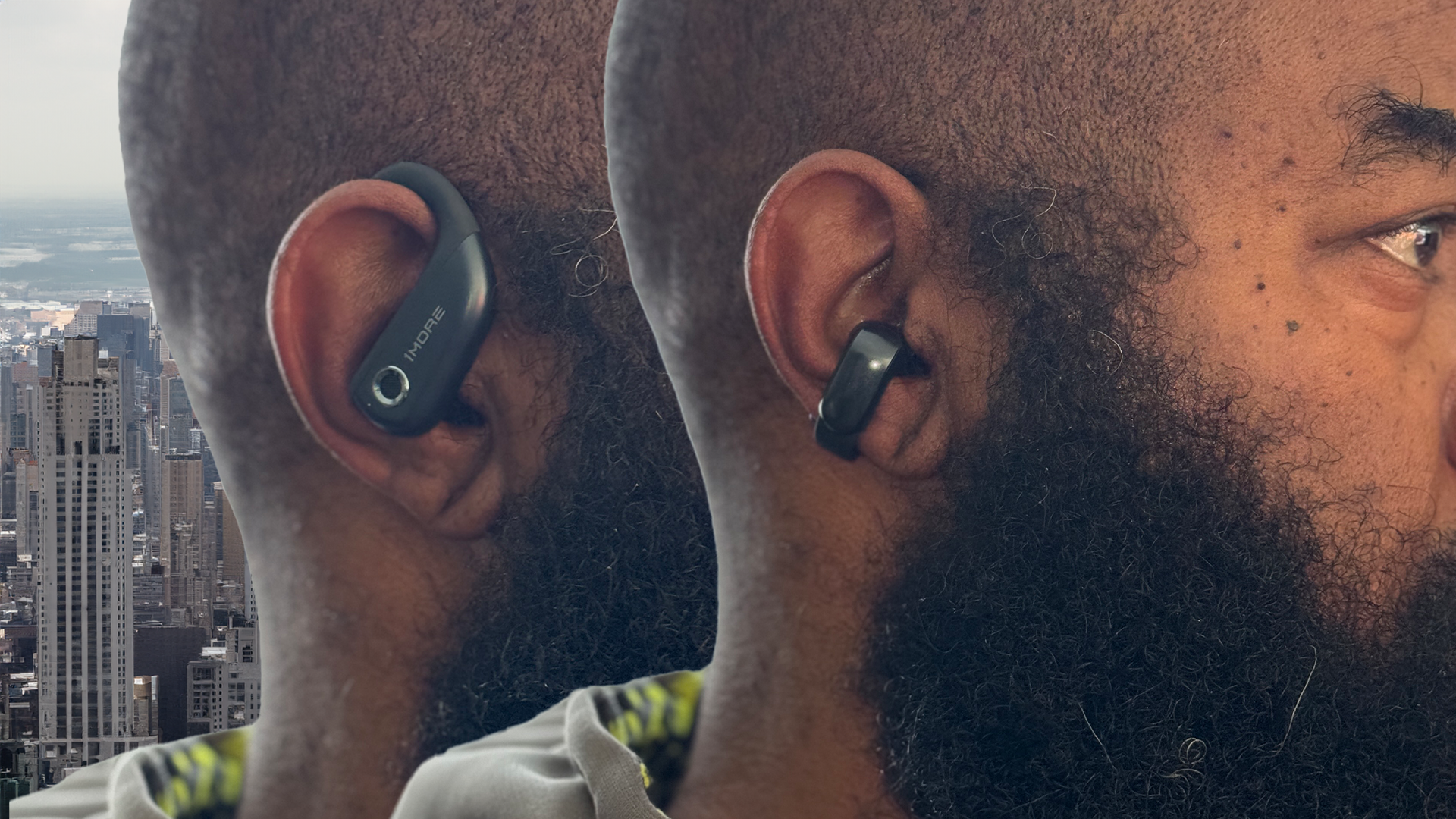
In the open earbuds category, the only competition these have are the now aging original Sony Linkbuds with the donut holes. In terms of contemporaries at this price point that I’ve had the chance to review, I don’t think there are any.
However, other open earbuds you can consider include the Shokz OpenFit, which cost quite a bit less but feature rich audio and great battery life. You will have to deal with finicky touch controls, and there's no automatic wear detection or automatic shut-off, which can be a problem for those who forget to turn them off.
I don’t want to get too deep in the weeds here, but the point of open earbuds is that they don’t obstruct environmental noise, which means that, ideally, they don’t obstruct your ear canal. Knowing how soundwaves work, other than the donut hole Linkbuds, the Bose Ultra Open are among the only earbuds that don’t obstruct environmental noise or sit over your ear canal, they’re truly “open.”
Bose Ultra Open Earbuds: Should you buy it?
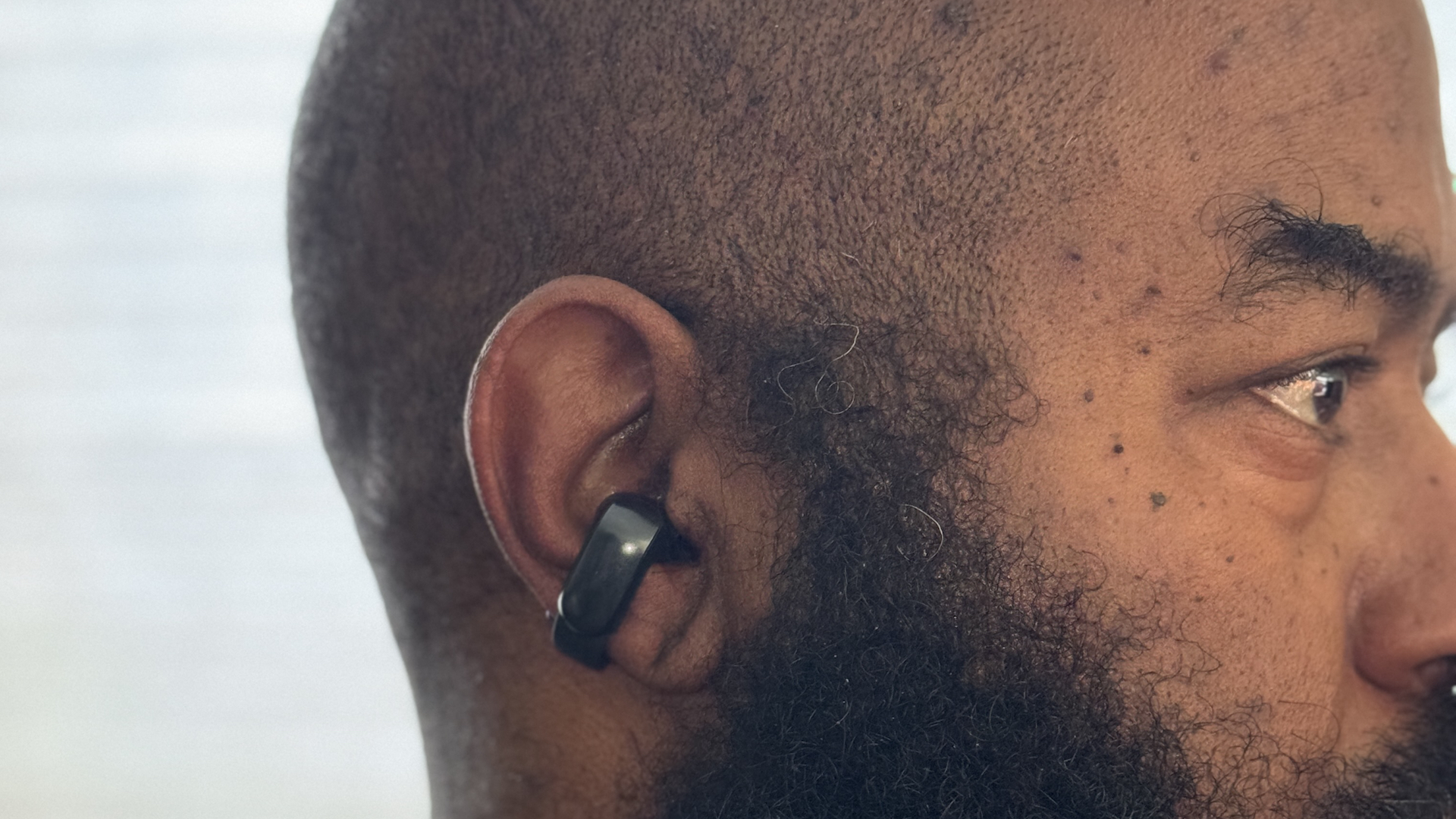
You should buy it if...
- Situational awareness is your priority.
- You want earbuds that are simple to operate
- You want premium open earbuds.
You shouldn’t buy this if...
- The $299 price tag is steep for you.
- You don’t have another $48 to spend on wireless charging.
- You need that BASS!
If you’re looking for a pair of premium open earbuds, look no further. Bose Ultra Open earbuds are next-level open ears with some innovative audio features that are worth the price of admission. You have some future-proofing with Snapdragon Sound support and Bluetooth 5.3 implementation, and did I mention they look great? The only thing that may stop some shoppers from buying may be the price tag and that wireless charging hitch. But if those aren’t deal breakers, these are the ones to get. Full stop!
The best premium open earbuds you can buy right now!
Bose Ultra Open earbuds use OpenAudio and Immersive Audio technologies to create impressive sound for an open ear design. Premium features all around make these the best open earbuds on the market, right now.







